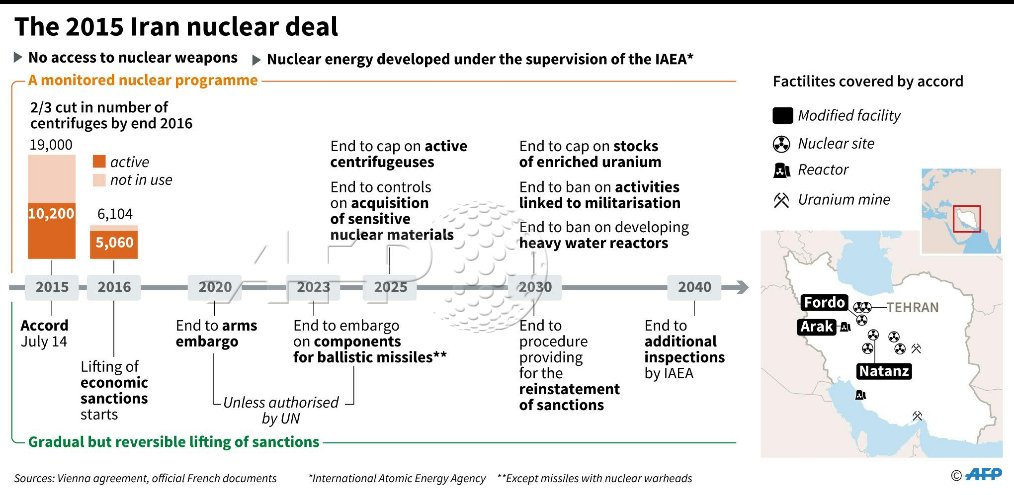To help makes sense of it all, below is a chronology of key highlights: July 1968 —Iran signed the Nuclear Non-proliferation Treaty (NPT) as a non-nuclear weapons state, agreeing not to seek such weapons in the future. What follows is a chronological recount of the most significant developments in Iran ’ s nuclear program, international efforts to negotiate a settlement to address this controversial issue, and implementation of the agreement reached by Iran and the P5+1 on July 14, 2015. Iran ’s stockpile of uranium enriched to 60 percent reached 408.6 kg - enough for nine nuclear weapons , according to international estimates. Iranian Foreign Minister Abbas Araghchi warned of a “STRONG” response to what he called a “major strategic mistake by the E3” (Britain, France, Germany). Iran ’ s more than half a century-old nuclear programme has been at the heart of regional and international tensions, shaping global diplomacy and fuelling sanctions. Following Israel’s early Friday attack on Iran’s nuclear and military facilities, tensions have surged across the Middle East. Here’s a timeline of the tensions between the two countries over Iran’s atomic program . 1967 — Iran takes possession of its Tehran Research Reactor under America’s “Atoms for Peace” program. Here is a timeline on Iran ' s nuclear program since the last talks in Geneva in 2009 between Tehran and the six powers seeking to ensure Tehran does not develop an atomic bomb - Britain,. Experts warn that Iran ’ s stockpile could produce two nuclear bombs if it were to be enriched to 90 percent. Israel ’ s strikes targeting Iran’s nuclear and military infrastructure are a watershed moment in the region’s history. Reports indicate that the Jewish state has killed several senior leaders of.
Iran-Israel-Syria War: The Nuclear Threat We Can't Ignore
Could This Spark War? The Latest on Israel Iran Tensions
Israel and Iran: Closer to War Than You Think – Urgent Update
